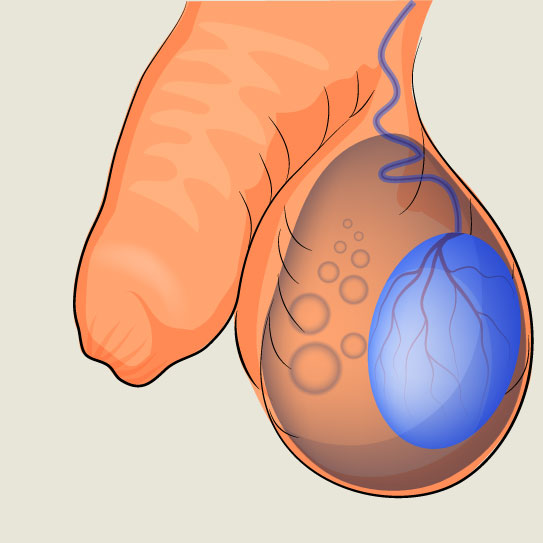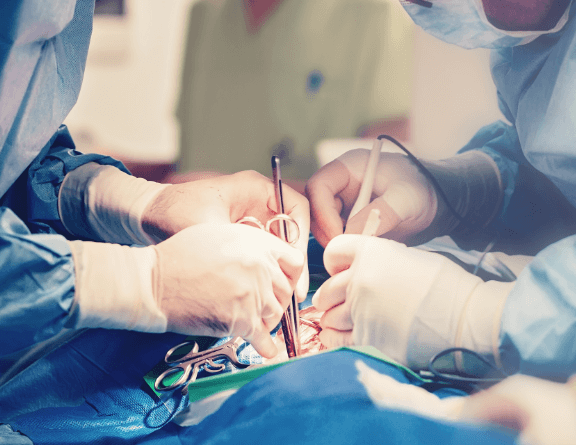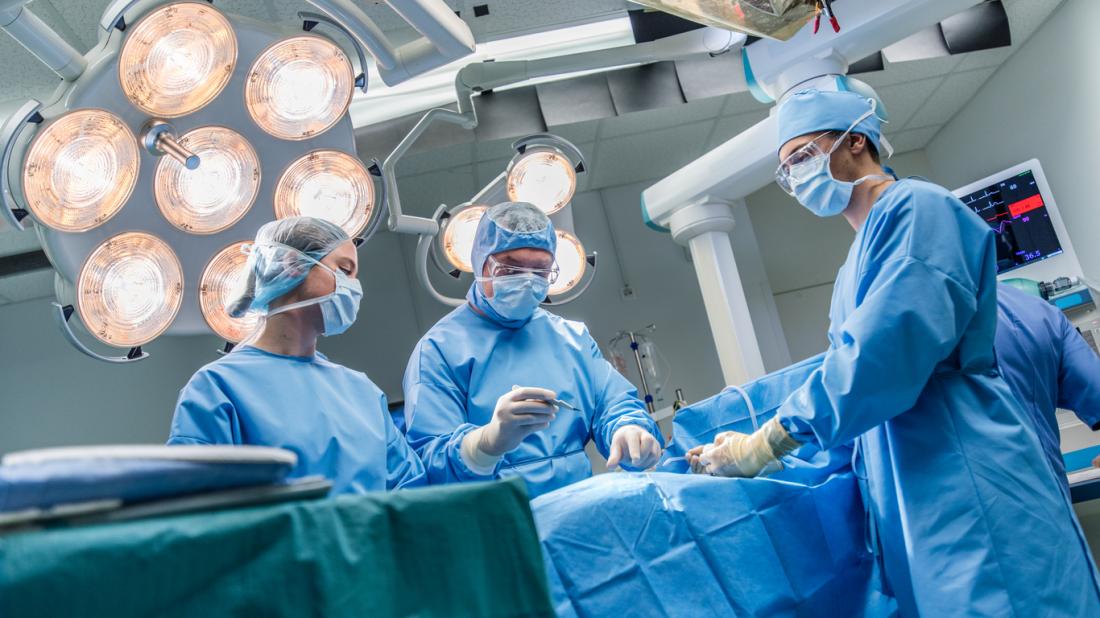Made Stress-Free Reliable Hassle-Free Convenient Pocket friendly
Request a call back
The surgery you need is
just a click away


21K +
Consultations

1180
Surgeries

100+
Partner Hospitals

10000+
Hassle-free Consultation

5000+
Smooth surgeries

500+
Expert Doctors

100+
Trusted hospitals

Affordable Hydrocele Treatment in Mumbai
Hydrocele is a condition that can be treated safely through minimally-invasive hydrocelectomy (hydrocele surgery). Our urologists in Mumbai leverage the modern techniques to provide quick and safe treatment for hydrocele. Consult the best hydrocele doctors in Mumbai today.
- 40 Min Procedure
- Free Pick Up & Drop
- Keyhole Surgery
- Post Surgery Assistance
- Complete Insurance Support
About our Doctors & Hospitals
all your queries.


Overview
Hydrocele in Tamil- ஹைட்ரோசெல்
Hydrocele in Telugu- హైడ్రోసెల్
Hydrocele in Bengali- হাইড্রোসিল
Blood clots
Recurrence of hydrocele
Injury to the testicle or nearby structure
Swelling and bruising
Free cab pick-up & drop
USFDA-approved hydrocele treatment
Follow-ups post-surgery
Covid free hospital, doctors and staff
All insurances covered
No hidden charges
No cost EMI
Secondary Hydrocele
Infantile hydrocele
Congenital Hydrocele
Encysted hydrocele
Funicular hydrocele
Treatment
Diagnosis
At Aapka Care, the doctors are well trained in diagnosing the hydrocele with modern equipment and perform a physical examination to detect the root cause. The doctor may check for tenderness in the scrotum while putting slight pressure around the scrotum and lower abdominal region. If the fluid is present, the scrotum will allow light transmission. The doctor may also ask you to cough to check whether you experience pain in the scrotum region. There are a few diagnostic tests the doctor may recommend to find the underlying cause:
– Blood test
– Urine culture


Procedure
Facts about hydrocele
- According to a study conducted in 2009, there are 26.79 million cases of hydrocele worldwide and 48% of these cases are prevalent in India.
- Nearly 10% of newborn babies are born with a hydrocele.
- States like Andhra Pradesh, Bihar, Gujarat, West Bengal, Uttar Pradesh, Kerala, Orissa and Tamil Nadu contribute to about 95% of the total cases in India.
Lifestyle changes that can help in getting relief from hydroceles
- Stay hydrated by drinking lots of fluids
- Avoid wearing tight-fitted clothes
- Practice yoga asanas like Vajrasana, Gomukhasana, Garudasana
- Avoid alcohol and smoking
- Avoid large meals in the evening or at night
- Refrain from putting pressure on the groin area
Benefits of undergoing Hydrocelectomy at Aapka Care in Mumbai
Aapka Care strives to provide an efficient, care-filled, and hassle-free surgical experience for every patient. Following are the benefits of choosing our clinics and hospitals for the treatment of your hydrocele:
- Most effective hydrocele treatment
- Confidential consultations
- Most experienced urologists in Mumbai
- No cuts or incisions
- Painless surgery
- No upfront payment
- 45-minute procedure
- All insurances covered
- COVID safe clinics and hospitals
- Day-care procedure
- Fast and pain-free recovery
- No risks of recurrence of the hydrocele
- No side-effects or complications
- No running after insurance authorities
Different Types of Hydrocele
- Primary Hydrocele- In this type, the swelling is soft and nontender. They can grow very large in size as they are often asymptomatic. However, if left unattended, it may cause atrophy of the testis due to compression or obstruction of the blood supply.
- Secondary Hydrocele- The hydrocele that occurs due to a testicular disease is called secondary hydrocele. The cause can be cancer, hernia, orchitis, or any other kind of trauma. Secondary hydrocele is most commonly associated with acute or chronic epididymo-orchitis. It often goes away when the primary lesion is treated.
- Infantile hydrocele- This type of hydrocele has the tunica and processus vaginalis distended to the inguinal ring, but there is no direct connection of the hydrocele with the peritoneal cavity. It can occur in infants as well as adults.
- Congenital Hydrocele- It is a type of hydrocele that connects with the general peritoneal cavity. Though the communication is very small, there is still a possibility that the fluid may drain into the peritoneal cavity.
- Encysted hydrocele- In this type of hydrocele, there is a smooth oval swelling very close to the spermatic cord. Due to the swelling, many patients mistake it for inguinal hernia. It is also called spermatic cord hydrocele and has no communication with the peritoneal cavity.
- Funicular hydrocele- In a funicular hydrocele, the sac has direct communication with the peritoneum connecting it with the internal inguinal ring. However, no connection exists between the sac and tunica vaginalis. It can grow very large in size due to straining.
What complications can arise if hydrocele is left untreated?
- If the size of the hydrocele continues growing, it can lead to obstruction in the blood flow. And when the blood flow is not proper in the testicles, it will further give rise to testicular atrophy causing degeneration of the testicular cells.
- Another complication that can arise if hydrocele is rupture. Due to the large volume of fluid accumulation in the scrotum, the hydrocele may rupture due to minimal spontaneous trauma.
- The hydrocele may transform into a haematocele if there is bleeding in the sac. And if the haematocele is not drained, a clotted haematocele will form as a result.
- Calcification of the sac is also a potential complication of leaving hydrocele untreated.
- The hydrocele may become infected during aspiration which will increase the swelling and inflammation.
- Infected hydroceles can also cause pyocele, accumulation of pus in the scrotum.
Foods to Avoid with Hydrocele
Many people don’t know this, but the foods you eat on a regular basis can either improve the hydrocele symptoms or make them worse. Therefore, you should avoid the following foods to manage hydrocele symptoms:
- Processed Items- These foods contain excess salt and sugar and have fiber content.
- Preserved Foods- These foods are not good to eat because they have artificial preservatives and other chemicals.
- Junk Foods- It includes food items like pizza, burger, fries, etc. that are low in nutritional value. They can cause indigestion and hinder the bowel movements as well.
- Spicy and Heavy Foods- Minimize the spice intake as well if you have hydrocele. Excessive spices can upset the stomach and cause a lot of discomfort during bowel movements.
- Pickles and Caffeine- These food products are also not good for the body and should be strictly avoided.
All these food items have a direct impact on the digestion process and the individual has a hard time passing stools. This will put strain on the groin region and worsen the hydrocele symptoms.
Post Hydrocelectomy Care Plan
After you’ve had hydrocelectomy, the doctor will give you a detailed recovery plan to ensure that the wound heals quickly and you will be able to perform all activities without any difficulty.
The most common tips that are included in the post-surgery care plan are given below:
- Take complete bed rest immediately after the surgery for at least 1 day.
- Allow your body to heal at its own pace. Do not push yourself to perform an activity even if it hurts.
- Start taking small walks once you feel like you can.
- Make sure that you don’t indulge into strenuous exercises that can strain or put pressure on the stitches.
- Refrain yourself from lifting heavy weights for at least 2-4 weeks until you recover completely.
- Post-surgery, you can eat your normal diet but make sure to stay away from oily, greasy, spicy, and processed food items as they can cause constipation and also slow down the healing process.
- Incorporate fiber-rich foods in your diet and drink plenty of water to stay hydrated.
- Pay special attention to the hygiene of the scrotal region and keep it clean and dry. Wash the wound with warm water and mild soap, then pat it dry.
- In the first 2 days, the doctor will ask you to avoid bathing. So, do not take a shower until the doctor gives you permission.
- Do not take baths in hot tubs and avoid swimming as well until the wound heals completely.
- Wear scrotal support or jockstrap for at least 1-2 weeks after hydrocele surgery. It will minimize the pressure in the scrotal region and allow you to perform regular activities without pain or discomfort.
- Avoid wearing tight clothes around the waist and groin area as they can irritate the scrotal region.
- Refrain from sexual activities as well until the doctor says it’s fine.
When you follow the doctor’s instructions properly, it becomes a lot easier to resume the daily activities and get back to the regular life after hydrocelectomy.
Prevention of Hydrocele
There is no assured way to prevent hydrocele in a baby. However, in adults, hydrocele usually occurs due to some infection, inflammation, or injury that can be avoided. Here are some preventative tips that will help:
- Proper prenatal care
- Try to avoid being injured, follow the safety & protection rules like wearing athletic cups or support while playing sports.
- Practice safe sex to reduce the chances of contracting sexually transmitted infections (STIs).
- Avoid pressure activities like horse riding that can put pressure on the scrotum.
- Treat cough properly as recurrent and chronic cough creates intra abdominal pressure and puts strain on the scrotum.
- Address constipation as soon as possible.
- Appropriate care should be taken to prevent hernia and if you already have it, get proper treatment to reduce the chances of hydrocele development.
In rare cases, hydrocele may also develop due to hereditary issues, such as a side effect of Ehlers-Danlos Syndrome. Therefore, it is also important that you keep a watch on your health and take the necessary measures to prevent hydrocele.
Your journey with Aapka Care Health

